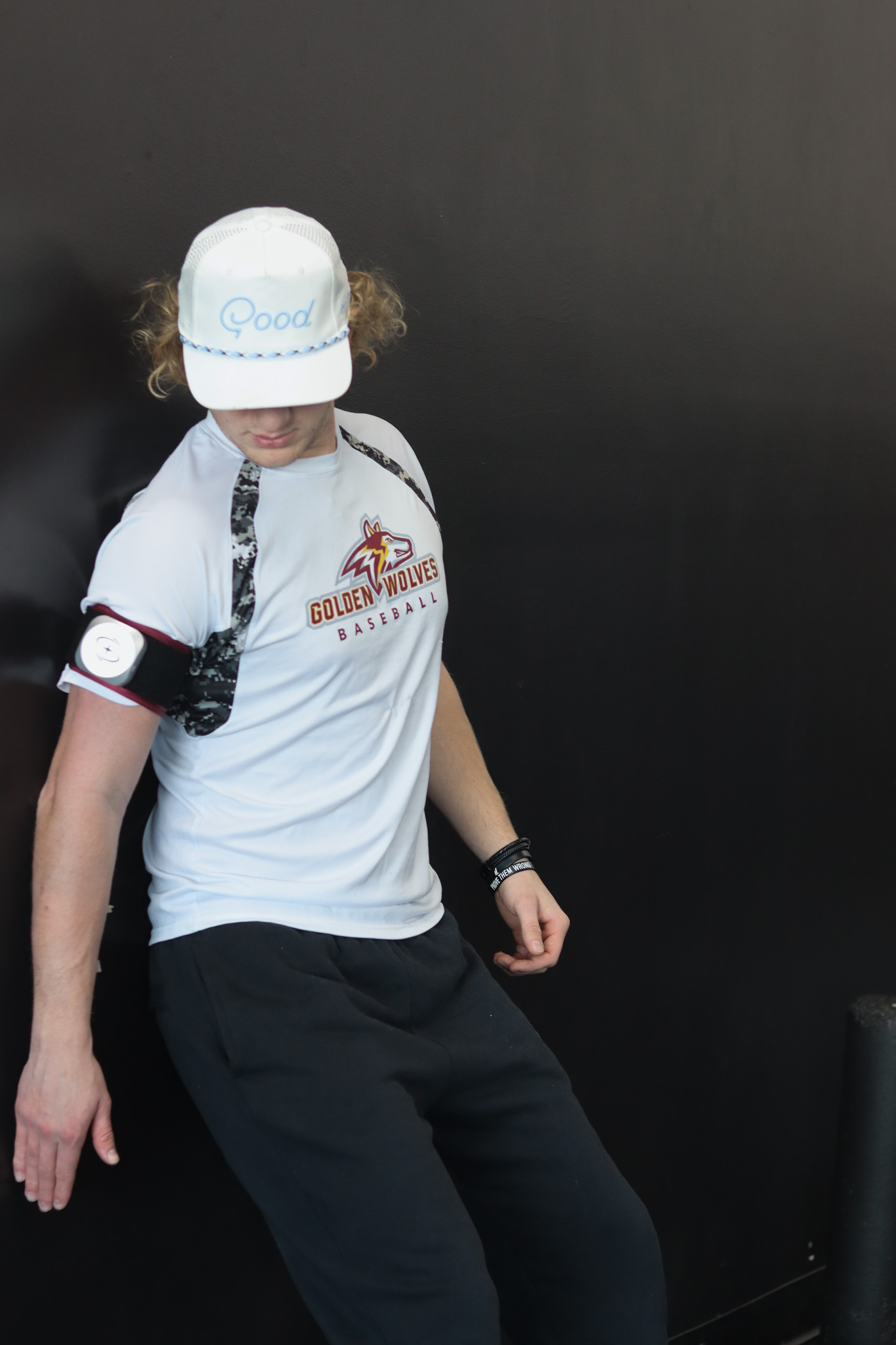If you’re a high school, college, or pro pitcher recovering from UCL surgery, you’ve probably heard it’s a long road back to the mound, that is challenging both mentally and physically. The truth is, the early phase of rehab sets the tone for your entire reheab journey, and it’s about way more than just resting and waiting for your elbow to heal.
The Real First Step: Regaining Confidence
After surgery, it’s normal to feel hesitant about moving your arm. Your brain and nervous system know the injury happened, and having a second trauma like the surgery doesn’t make it any easier. That’s why we focus on building confidence early by using gentle, controlled active movements that restore your nervous system’s ability to create, control and tolerate movement.
One of our first goals at Petroski Physio is to establish a safe, pain free and tolerable range of motion (ROM). We start with active pain-free movements to promote blood flow, reduce stiffness, and show you that you can do this. Think of it as teaching your brain and muscles to communicate again.
Why Nervous System Capacity Matters
It’s not simply about moving the arm, it’s about reactivating your neuromuscular system. Early-phase exercises at Petroski Physio include isometric holds and low intensity movements that keep the nervous system engaged without putting stress on the healing ligament. These exercises build joint stability and neuromuscular awareness, which are crucial for restoring functional movement later on.
Early Exercises to Build Back Confidence
- Passive Range of Motion drills: Gentle guided movements to enhance flexibility.
- Low Intensity end range isometrics: Help to control deeper ranges of motion
- Isometric Grip Exercises: Engaging the forearm muscles without moving the joint.
- Nerve Gliding Drills: To keep the ulnar nerve mobile and reduce the risk of adhesions.
- Light Scapular Mobility and Activation: Building a strong base for later dynamic movements.
Why Mindset Matters
The first few weeks can be mentally tough. It’s easy to feel frustrated when progress is slow, but that’s normal. We keep the focus on small wins, each degree of movement regained, every painless rep completed. Building this mindset early makes the transition to more demanding phases easier and keeps you invested in the process.
The New Era: TJ3 Surgery and Faster Recovery
One exciting development in UCL surgery is the Triple Tommy John (TJ3) procedure. Unlike traditional UCL repairs, TJ3 combines native ligament repair, reconstruction, and internal bracing, offering increased stability and reduced recovery time. Athletes who undergo TJ3 often experience less soreness and more confidence during the early rehab stages, making it a game-changer for pitchers aiming to return to play faster.
At Petroski Physio, we integrate these advanced surgical outcomes into our rehab strategies, ensuring that athletes who undergo the TJ3 procedure build confidence and range of motion early without overloading the repair. We focus on low-stress, high-neuromuscular engagement to set the foundation for a successful comeback.
The Bottom Line
Early UCL rehab isn’t about pushing limits — it’s about building a foundation of confidence, mobility, and neural engagement. With advancements like TJ3, pitchers can aim for faster, more resilient recoveries. By taking it slow now, you’re setting yourself up for a faster, safer return to throwing when the time comes.
Please reach out to us with any questions regarding your UCL Rehab – admin@petroskiphysio.com
Nick Petroski
DPT, CEO

